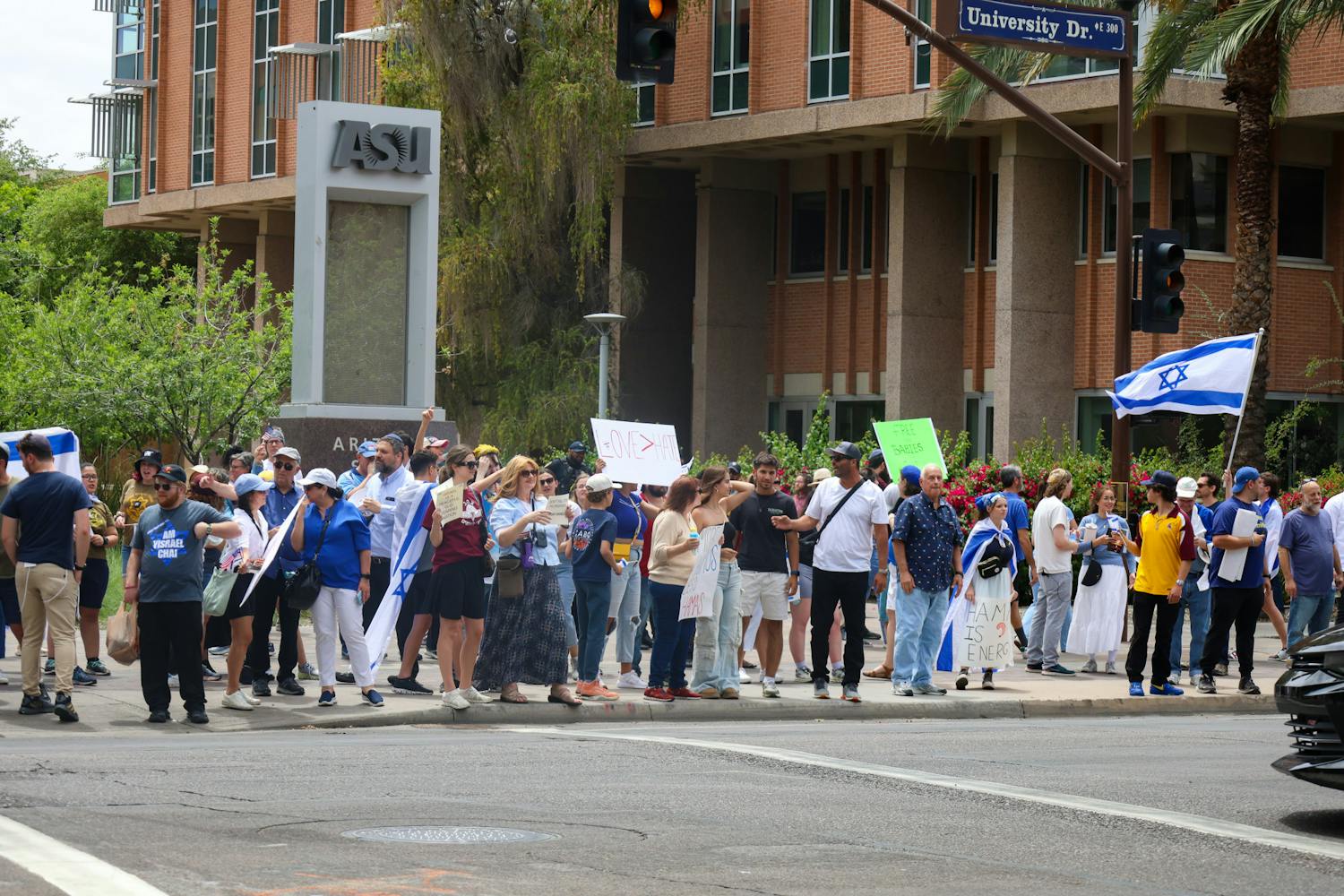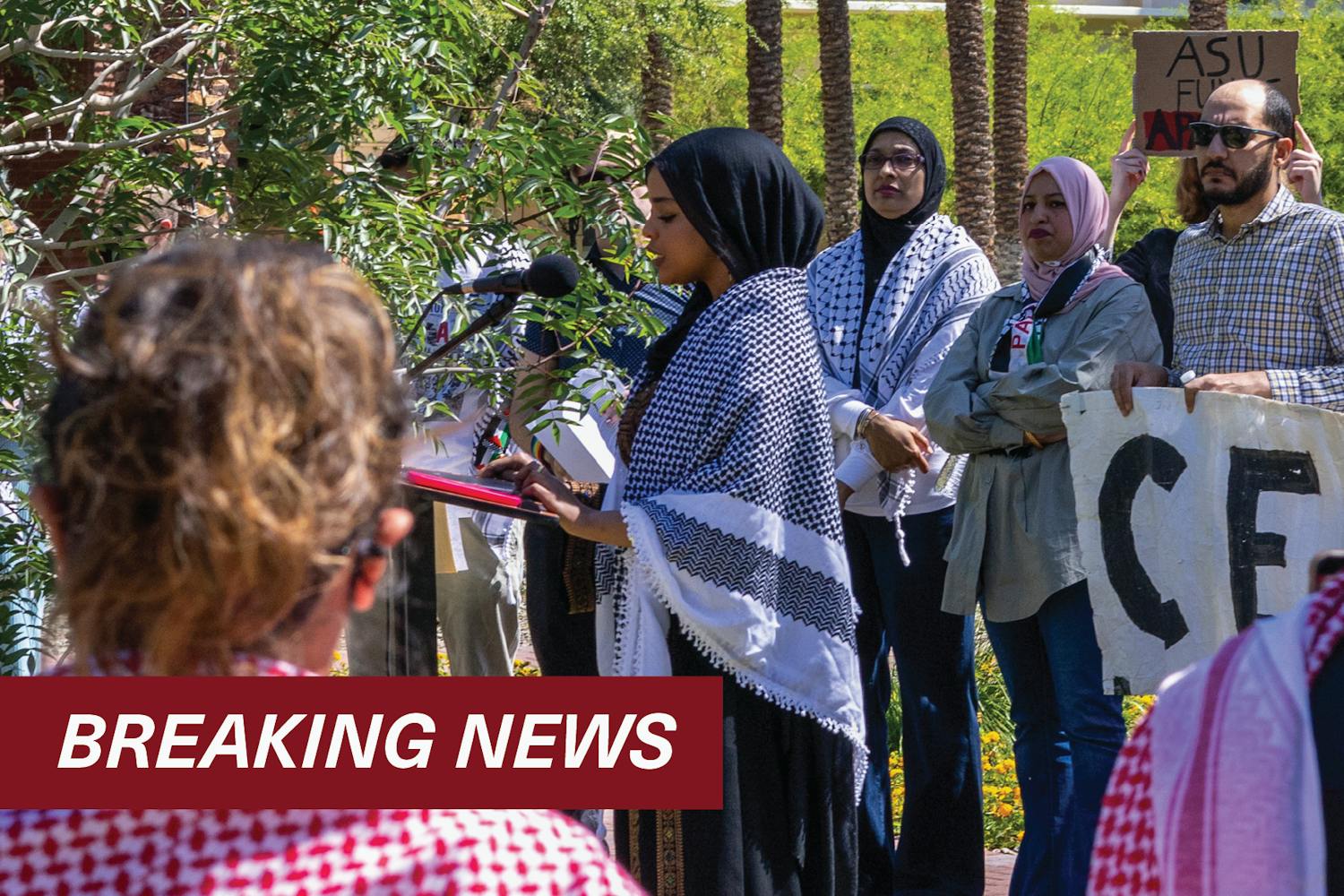Legislation under review in the U.S. Congress could lift the barriers deaf and blind people face when using the Internet and other online innovations like YouTube.
The Equal Access to 21st Century Communications Act would give the Federal Trade Commission the power to set regulations for content providers and equipment involving the Internet.
The Senate unanimously passed the act on Aug. 5, and it is currently awaiting a House vote.
“Anything that has an online menu, this legislation could potentially require it to be accessible,” said journalism senior Darrell Shandrow, a blind student.
Shandrow was party to a lawsuit brought against the University and Amazon last year under the Americans with Disabilities Act.
The suit stopped ASU from using Amazon’s Kindle DX as a means of distributing electronic textbooks, because the Kindle’s menus for selecting and purchasing books were not accessible to blind students, despite its text-to-speech technology permitting books to be read aloud, according to a press release from the National Federation for the Blind.
“I view accessibility as a human rights issue,” Shandrow said, adding that it is unfortunate the disabled community needs legislation in order to have access to technology that already exists.
Shandrow points to Google Voice, which transcribes voice messages to text that can then be sent via e-mail or SMS, and Apple’s VoiceOver feature as examples of technology that are available already to make things more accessible.
VoiceOver is software that looks at what’s happening on the screen of any electronic device and allows a blind person to hear that information by using a synthesized voice or displaying it on a Braille device.
“When I attended college, the state provided some money for a personal reader and a typewriter. That was all,” said Bill Pascoe, director of Sun Sound of Arizona, an audio station in Tempe that reads popular newspapers and magazines on air specifically for people with visual impairment.
Deaf and blind individuals are particularly enthusiastic about this legislation because it is aimed at the Internet itself, Web pages, cell phone manufacturers and the mobile Web, Pascoe said.
Making Internet content and devices accessible to the disabled also appears to have benefits beyond accessibility.
ASU Libraries has been adding closed captioning to The Library Minute program posted on YouTube.
Matthew Harp, ASU’s Digital Library Production manager, said in an e-mail that in addition to meeting ASU’s accessibility mandate, he sees “closed captioning as a way to increase discoverability of content and provide more information about our videos.”
YouTube closed captioning also allows our content to be accessed in multiple languages without having to translate the videos ourselves,” Harp said.
He added that surrounding noise is an issue for some viewers.
“We needed a way to facilitate the viewing and understanding of our content even when sound is not available,” Harp said.
Mark Robertson, founder of ReelSEO, an online guide for video marketers and video search optimization, explained in an e-mail that YouTube hits might increase when closed captioning is embedded in a video.
The keyword terms found within the video’s closed captioning will result in more search engine hits than video without captions, Robertson said, as well as attracting closed captioning users and foreign language users who can translate the closed captioning into their language with programs like Google Translate.
Reach the reporter at cbleone@asu.edu



